My first replica with livery

Img edit and credits to @Boeig
1 year and 50k celebration!
Creator note:
So umm after 1 year playing SP, I finally make a replica :D, and thanks for 50k points y'all the best 🔥. But uhh 3 things I would say about this replica:
1. It's not accurate (my opinion)
2. It have some lights? (I just added a landing light only)
3. Idk
About DC-7:
The Douglas DC-7 is an American transport aircraft built by the Douglas Aircraft Company from 1953 to 1958. A derivative of the DC-6, it was the last major piston engine-powered transport made by Douglas, being developed shortly after the earliest jet airliner—the de Havilland Comet—entered service and only a few years before the jet-powered Douglas DC-8 first flew in 1958. Unlike other aircraft in Douglas's line of propeller-driven aircraft, no examples remain in service in the present day, as compared to the far more successful DC-3 and DC-6.
Design & Development:
In 1945 Pan American World Airways requested a DC-7, a civil version of the Douglas C-74 Globemaster military transport. Pan Am soon canceled their order. That proposed DC-7 was unrelated to the later DC-6-derived airliner.[3]
American Airlines revived the designation when they requested an aircraft that could fly the USA coast-to-coast non-stop in about eight hours. (Civil Air Regulations then limited domestic flight crews to 8 hours' flight time in any 24-hour period.[4][5]) Douglas was reluctant to build the aircraft until American Airlines president C. R. Smith ordered 25 at a total price of $40 million, thus covering Douglas' development costs. [6]
The DC-7 wing was based on that of the DC-4 and DC-6, with the same span; the fuselage was 40 inches (100 cm) longer than the DC-6B. Four eighteen-cylinder Wright R-3350 Duplex-Cyclone Turbo-Compound engines provided power.[7] The prototype flew in May 1953 and American received their first DC-7 in November, inaugurating the first non-stop east-coast-to-west-coast service in the country (unrealistically scheduled just under the eight-hour limit for one crew) and forcing rival TWA to offer a similar service with its Super Constellations. Both aircraft frequently experienced inflight engine failures, causing many flights to be diverted. Some blamed this on the need for high-power settings to meet the national schedules, causing overheating and failure of the engines' power recovery turbines.[8]
The DC-7 was followed by the DC-7B with slightly more power, and on some DC-7Bs (Pan Am and South African Airways), fuel tanks over the wing in the rear of the engine nacelles, each carrying 220 US gallons (183 imp gal; 833 L). South African Airways used this variant to fly Johannesburg to London with one stop. Pan Am's DC-7Bs started flying transatlantic in summer 1955, scheduled 1 hr 45 min faster than the Super Stratocruiser from New York to London or Paris.
Actual image:
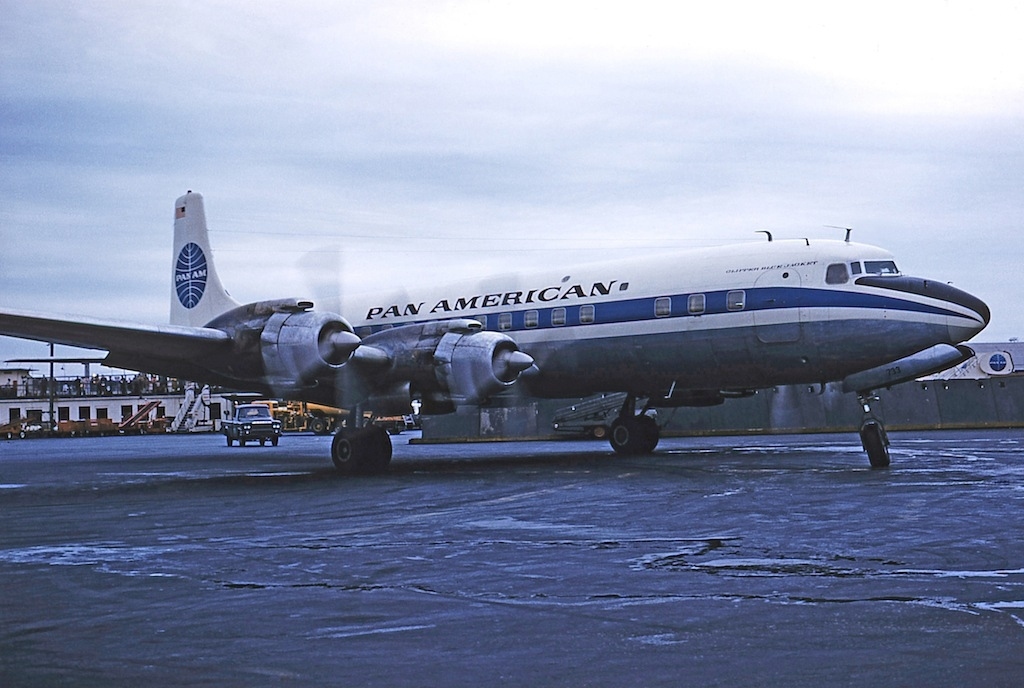
CONTROL & ACTIVATION GROUPS:
VTOL - Goofy ahh Flaps
Trim for Trim
Ag1 - Landing Light (auto off when retract)
Ag2 - Reverser
Ag3 - Cabin door
Another version:
Blank version for livery maker.
Low parts version
Some goofy image:



Mention & Credits:
@5 for Pan am logo
@Inuyasha8214 for suggest me to use fuselage logo.
Have fun!
Specifications
Spotlights
- Inuyasha8215 1.8 years ago
- XAircraftManufacturer 1.8 years ago
- 929 1.8 years ago
- WinsWings 1.8 years ago
- FatPilotOne 1.8 years ago
General Characteristics
- Successors 24 airplane(s) +548 bonus
- Created On Android
- Wingspan 123.9ft (37.8m)
- Length 113.1ft (34.5m)
- Height 32.5ft (9.9m)
- Empty Weight N/A
- Loaded Weight 50,113lbs (22,730kg)
Performance
- Power/Weight Ratio 0.001
- Horse Power/Weight Ratio 0.099
- Wing Loading 23.7lbs/ft2 (115.7kg/m2)
- Wing Area 2,115.5ft2 (196.5m2)
- Drag Points 6249
Parts
- Number of Parts 362
- Control Surfaces 8
- Performance Cost 1,379

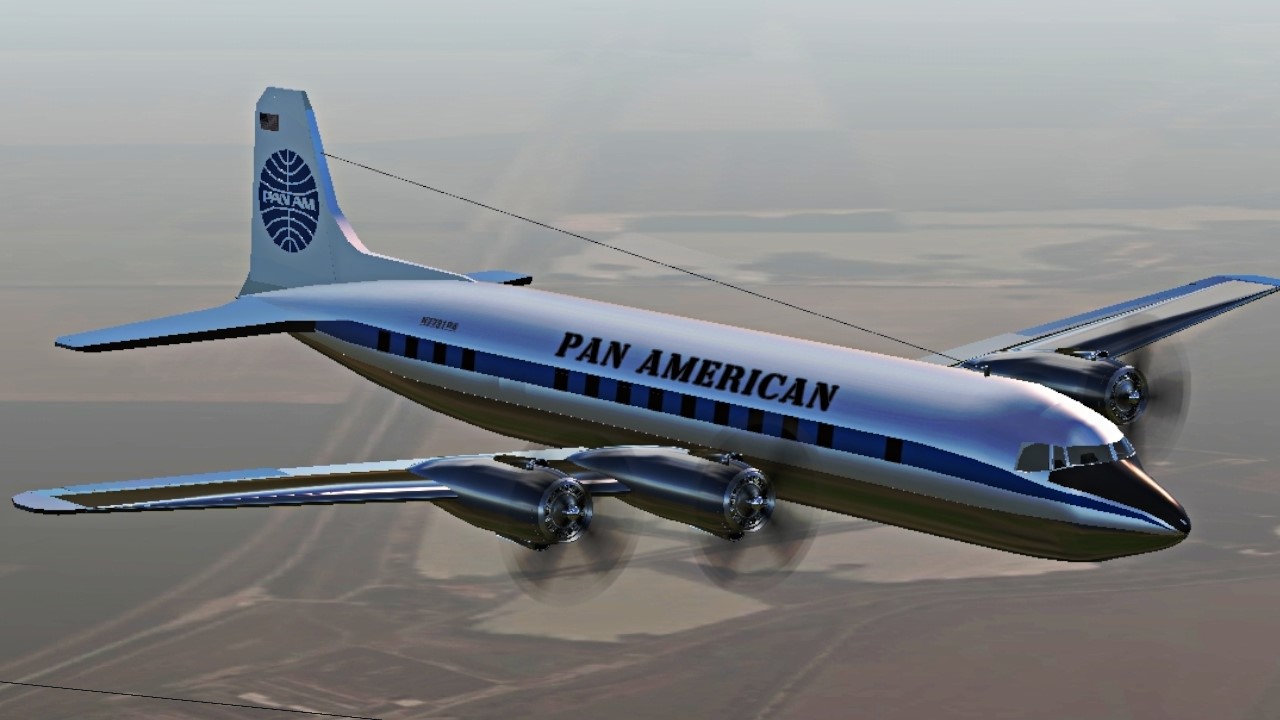
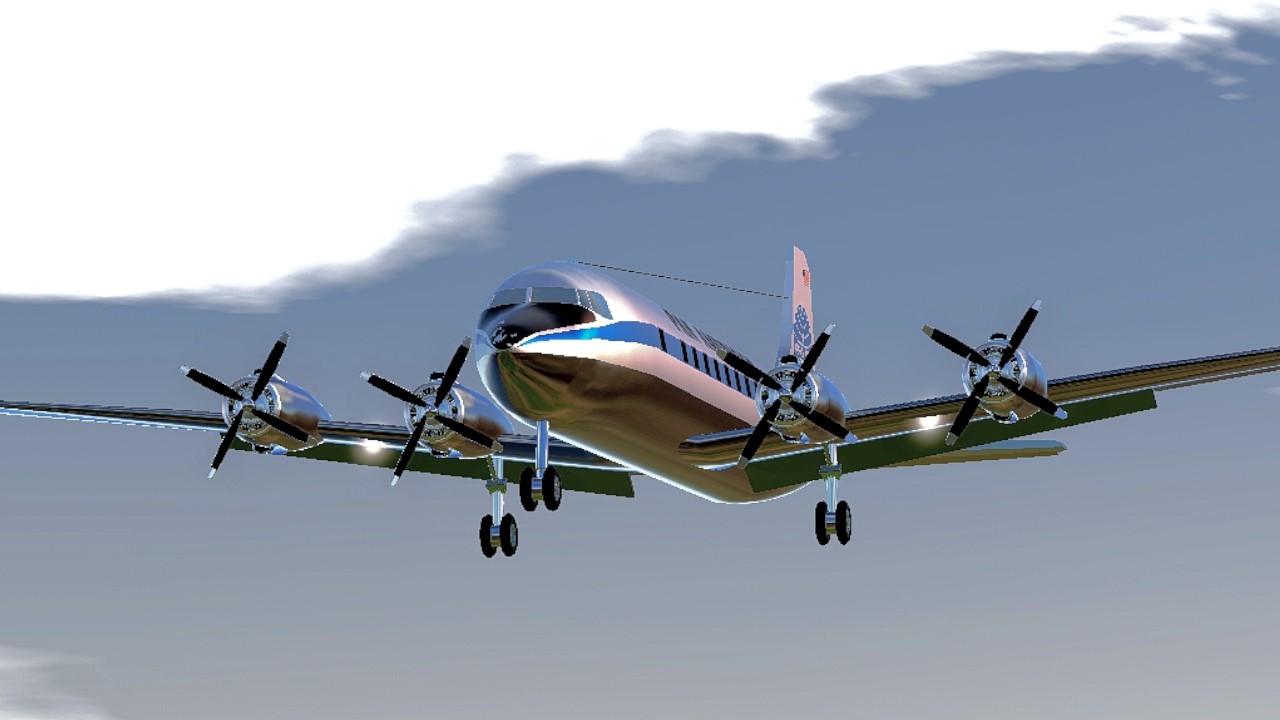
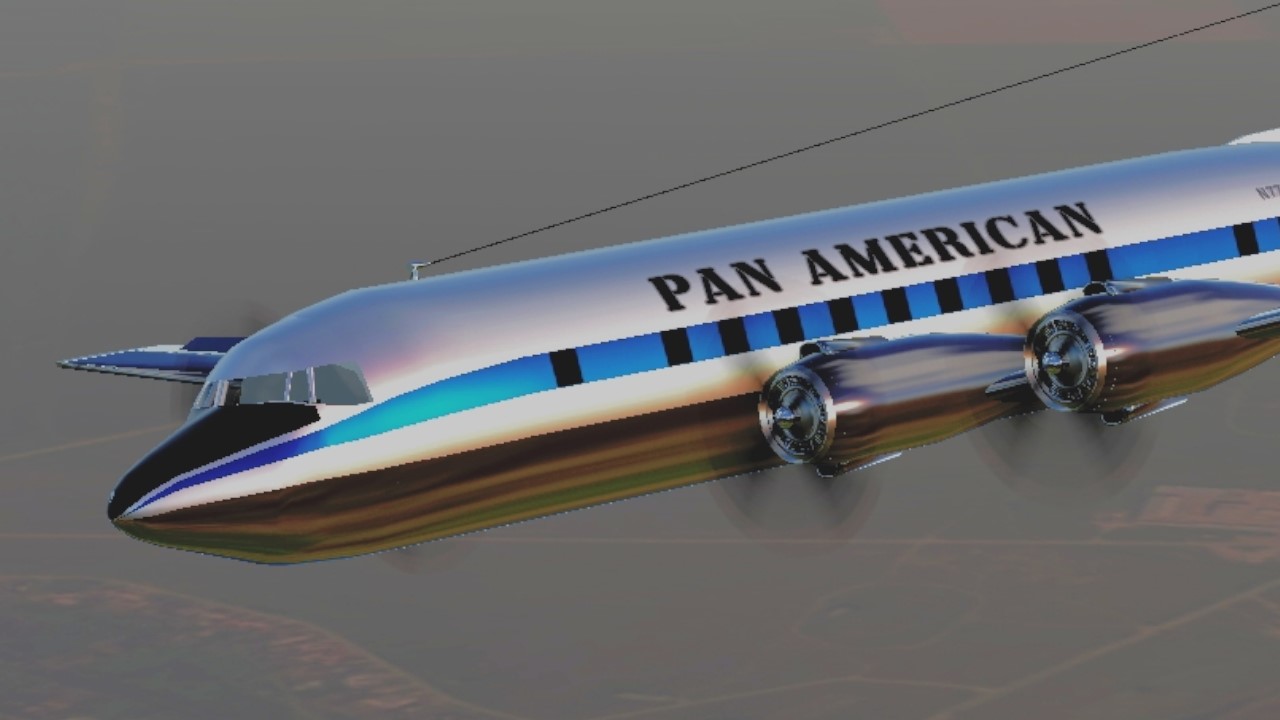
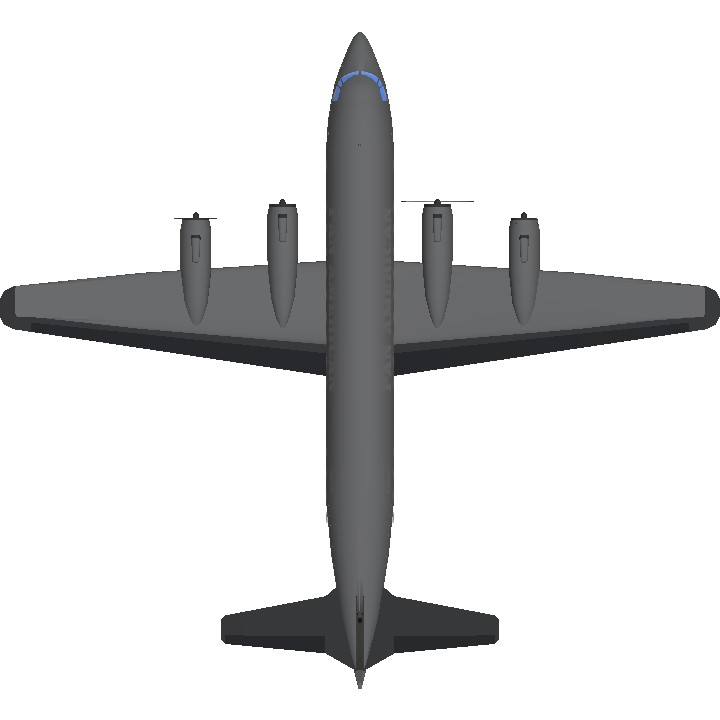
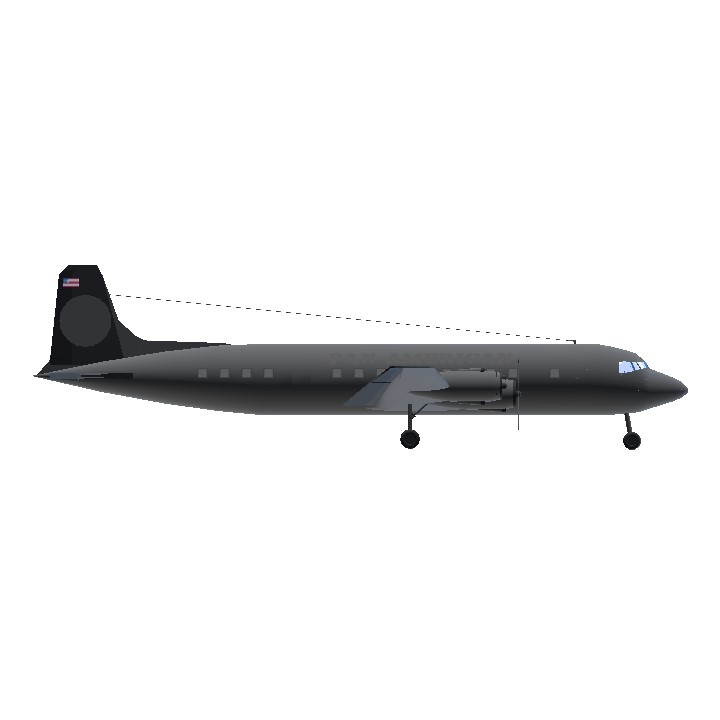
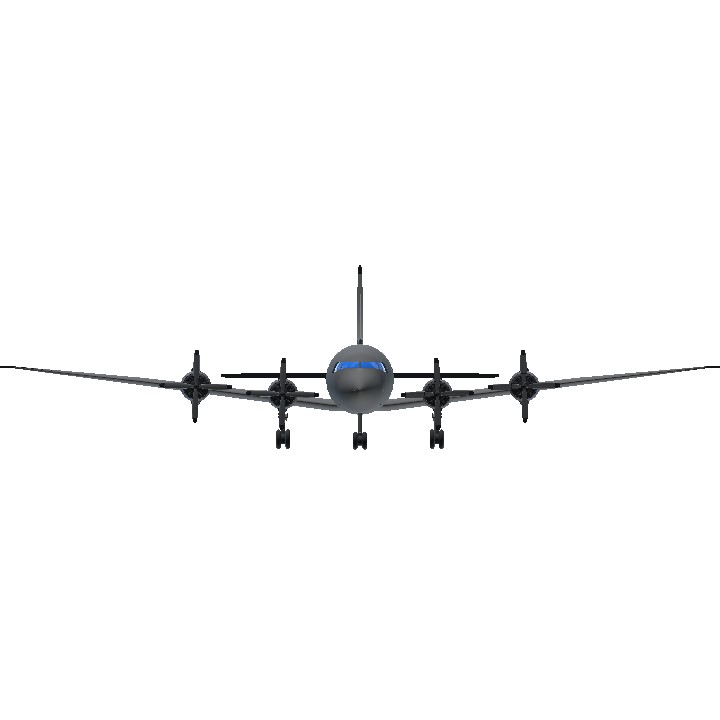
Another version:
Blank version for livery maker.
Lowest part version
@Zerkk
Oh ok
Also thanks
@KolyAsDona
The fuselage logo aren't by me.
Also that's interesting.
Hi, remember me?
I'm one of the guys what copied ur plen
I'm created nice cockpit
So, I'm planning series of optimization updates, and, what do you think, logo picture in label will be more heavy (for RAM) than the your logo created by fuselage part?
I'm made lights, make cockpit interior, and final product - plane, made on Android, but not supported for Android XD
UPD: oh u re liked it thx xdddd
P.S. I'm updating it right how :)
I update you're plane cockpit
Good job!
Ayy its panam
@WalrusAircraft thanks (:
Beautiful job.
@WinsWings : )
well done, lovely with the classic PANAM logo
@Trainzo thanks (:
Very great plane. I love it.
i love DogLastC(14÷2)🍳🇺🇲
@DatTrainGuy19 no dog 🤣🤣 get rekt
@XAircraftManufacturer thanks (:
That's absolutely beautiful
Dogless Certified
@Monarchii thanks buddy (:
ZZ uploaded replica!!1!1!1!!1!!
jokes aside, damn does it look good, and also, congratulations on Plat lel ( > ~ < )
Finally. A replica + livery :)
@ZerkkZxe nah it's fine at least you put it in the description
@BYardley @Boeig
Thanks buddy
Also uh sorry @Boeig for not using your image as thumbnail
Rarest odds in the world:
5: Finding a 2 headed animal
4: Finding a 4 leaf clover
3: Finding a pearl in an oyster
2: Getting struck by lightning twice
1: ZerkkZxe uploading a replica
Also congorats for 50k!